If the previous year has taught us anything, it’s that events can get canceled at any time. As an artist, you should be prepared for anything and to help you, we have prepared a guide to facilitate your live event marketing and planning strategy. Numerous venues are finally ready to embrace concerts and music events after the restrictions placed by the pandemic. And of course, people are more than ready to attend these events, which is something both artists and fans are excited about.
In order to gather an audience, you’ll need to market your event to the audience that will be eager to attend the event. We advise that you map out your timeline. Most music-related events follow a similar timeline when it comes to this — presale and announcement, ticket onsale, maintenance period, and closeout (Wavo).
First Up, Create Buzz
The event won’t sell itself, so you should try to announce it early on, creating buzz and collecting fan data for future marketing. Create a Facebook Event where responses can be recorded or a page where people can submit their emails. This will give you great info as to which segments of your audience are likely to attend the event. From there you can begin to promote your event, making the time and location clear. You may find it useful to mention any surprises or special guests that will be participating as this often sparks more excitement.
Ticket Onsale
Around four to five months prior to the event ideally is the onsale period. The objective here is to fill up your tour venues. Using specific targeting that is now available to you after the Announce phase, you can easily promote your event to the exact audience that showed interest and is likely to attend the event. Wavo reports that “including live footage from a previous show with an engaged crowd and the artist performing,” is a great way to engage fans fully.
Maintenance Phase
At this time the ticket sales will probably be slower. You should, however, continue to remind your audience about the event, intriguing them further with fun footage and clips of what’s to come. If you find that the marketing strategy is not performing well enough, you may allocate part of your budget to be spent on other channels of advertisement or consider offering packaged plans to buyers. This phase is mainly dedicated to process of reigniting interest in fans.
Close Out Phase
Two to three weeks before the event, during the close out phase, your strategy should be to create one final push to sell out the last remaining tickets. One way to achieve this is to optimize the ads that have been circulating. Another thing to consider is the segment of your audience who has landed on your page or tried buying the ticket but then abandoned the cart. This audience should be sent reminders that the event is happening soon to boost ticket sales even more. Typically, half of the campaign budget is spent on the close out phase.
To recap: spread the word of your event well in advance, creating a buzz. People hate missing out on things everyone else is talking about so leverage that. Using specific targeting to show off your event and then continue reminding them about it. Share promo videos that will give people a taste of what’s to come, considering all segments of your audience. Having this simple timeline and strategy at your disposal, we are certain you’ll do a great job of marketing your event and gathering loyal fans along the way. Happy holidays!
Subscribe To Our Music Marketing Newsletter!
News about music marketing strategies to the music business and beyond.
Delivered to your inbox once a week.





